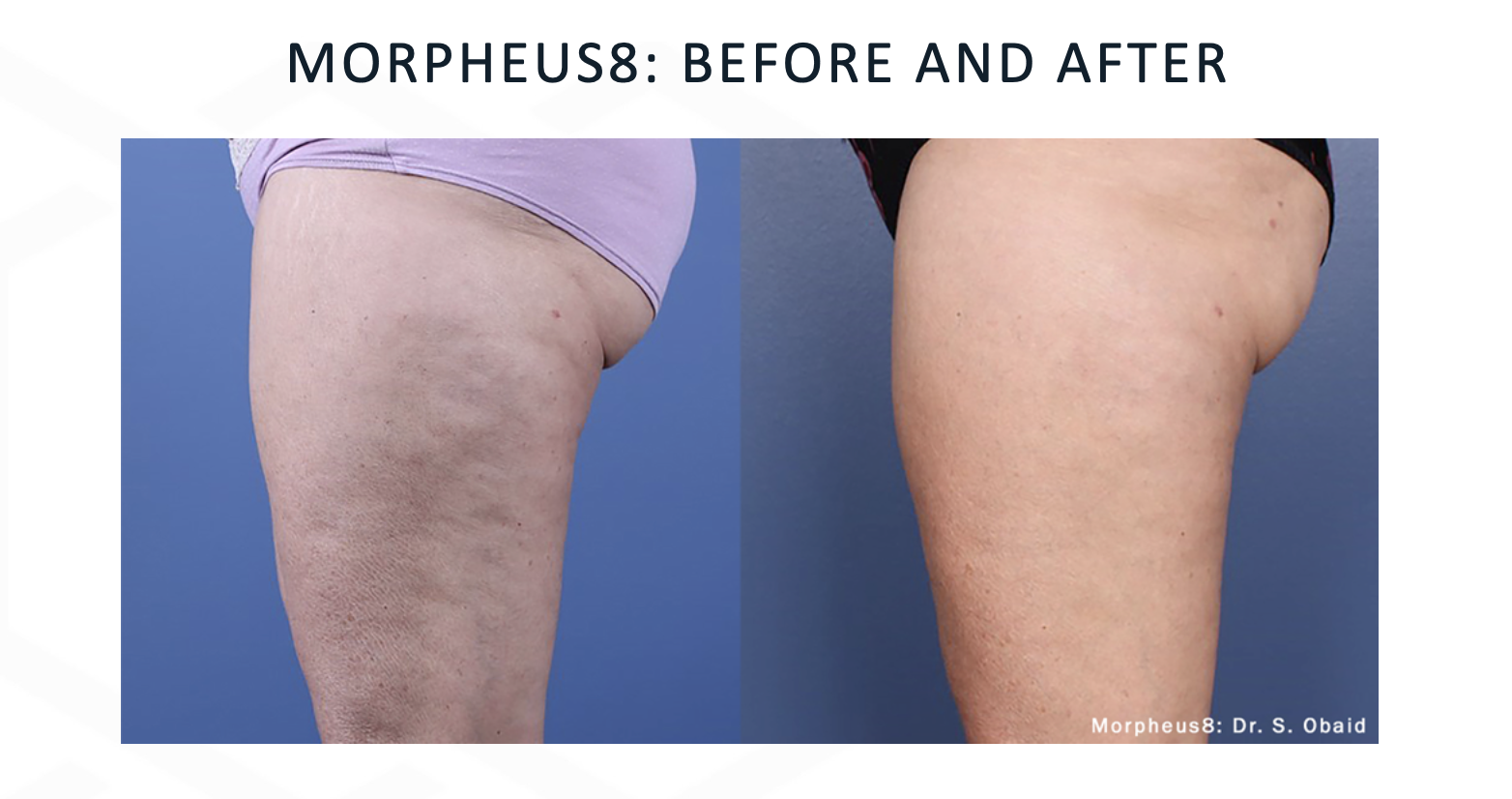THE NITTY GRITTY OF UV NAIL DRYERS
Janine Mendes-Franco
Things we love about doing our nails: expressing our individuality and style with different colours and cool designs. The thing we hate: drying time. Ultraviolet nail-polish dryers have revolutionised nail care by expediting the drying process of gel and shellac nail polishes. By activating the photo-initiators in these types of polishes, manicures become more chip-resistant and last longer. Win/win, right? It’s not so simple.
Efficient, but controversial
UV nail dryers are super speedy at curing and hardening the polish, resulting in a glossy, gorgeous manicure that can withstand daily wear and tear — but with growing concerns about the dangers of UV exposure, there are alternatives with fewer potential health risks.
We already know that the cumulative effects of UV rays on the skin can accelerate ageing and, in some cases, contribute to skin cancer, which is why we’re forever singing the sunscreen song. If you do decide to use UV nail dryers, treat your hands the same way you would the rest of your body — apply a broad-spectrum sunscreen or wear UV-protective gloves before exposing them to UV rays.
Safer alternatives
LEDs
As awareness of UV radiation's potential risks grows, LED nail lamps have emerged as a safer alternative to traditional UV nail dryers. LEDs use light-emitting diodes to cure nail polish, emitting lower levels of UV radiation compared to UV lamps. They also boast faster curing times and longer lifespans, making them an attractive choice for both professionals and at-home users.
Natural approaches
If you want to avoid UV or LED exposure altogether, air drying — though it takes more time — remains a perfectly fine option for regular nail polish. To speed up the process, you can also use quick-dry drops or sprays, which contain ingredients that help evaporate solvents in the polish, thereby accelerating drying time. You can also go old school and position your nails in front of a good, old-fashioned fan or air conditioning vent.
The bottom line
While UV nail dryers can be utilised with proper safety precautions, those preferring to minimise their UV exposure may opt for the comfort of less high-tech methods. As the beauty industry continues to evolve, it's important for you to have access to key information, advocate for your own health, and make informed choices. Either way, your nails are going to look fabulous!
















